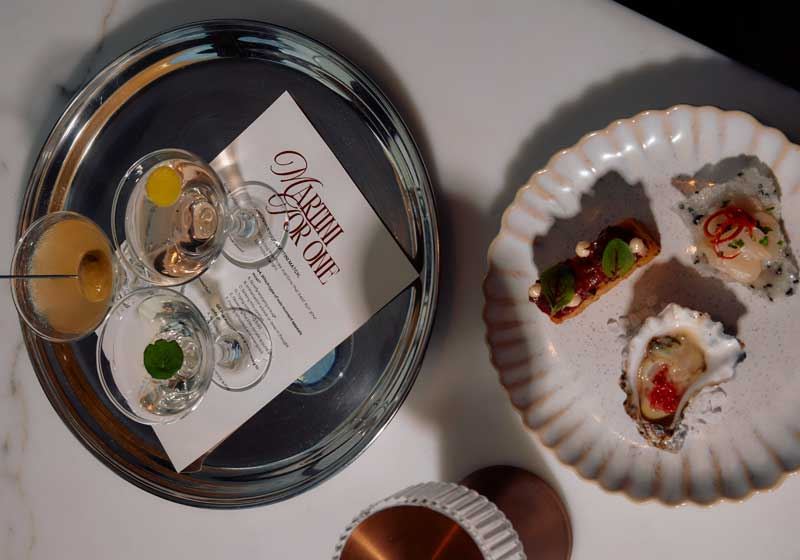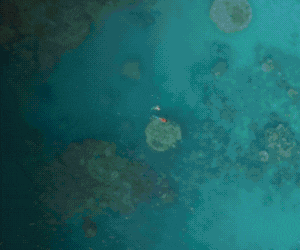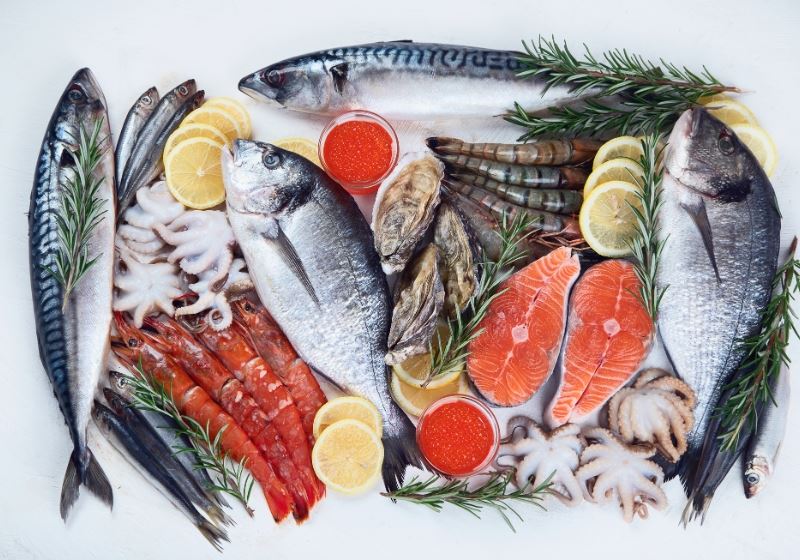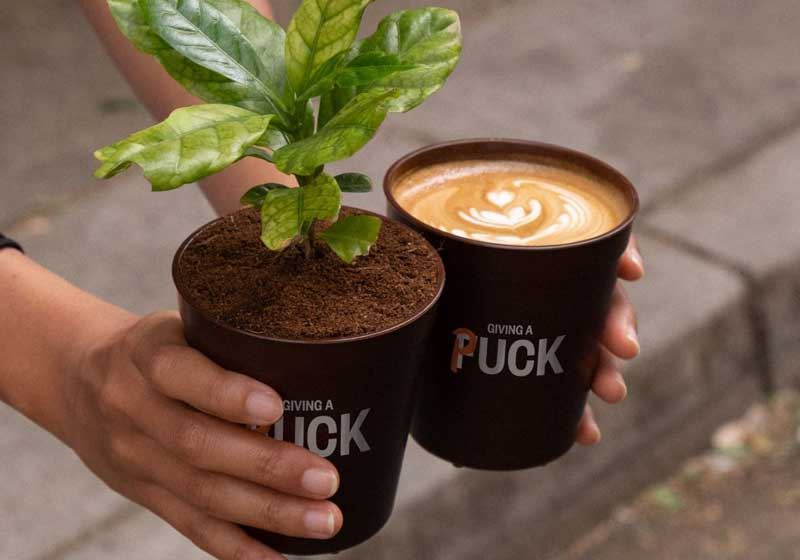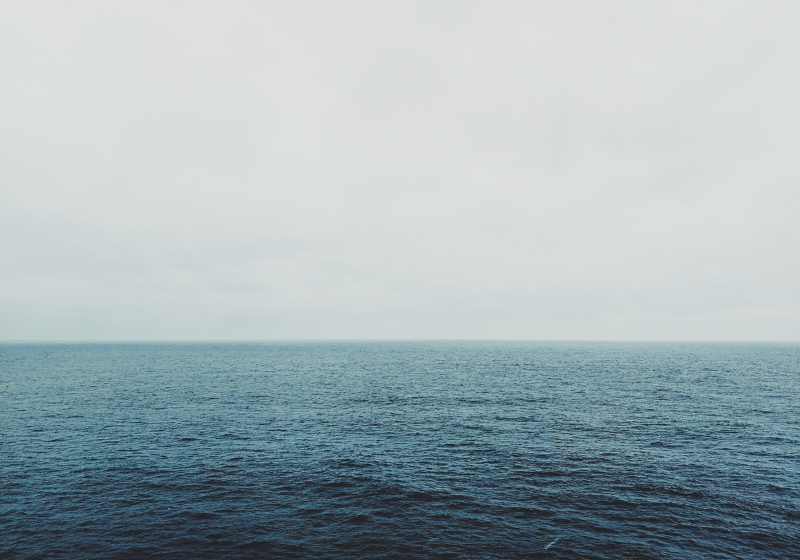
Across the globe, menus are no longer a mirror of the Chef’s creativity but are becoming an evolving snapshot of a changing ocean. Climate cuisine is one that seamlessly blends innovation and ecological adaptation, where Chefs are no longer cooking from the sea, but rather cooking with it and its shifting mood.
Fundamentally, ocean temperatures are rising. Species are migrating and habitats are shifting. For Chefs operating along coastlines, from Sydney to San Sebastian, this means one thing. The old playbook is out.
Once found only in the warmer waters of Northern Australia, barramundi are slowly finding themselves pushing south. Meanwhile, cold-water favourites like King George whiting and Southern calamari are migrating to cooler refuges. The Chef’s job now is not just to adapt, but to anticipate the change in resources.
Menus are now being shaped less by the calendar, but by the ocean itself. What’s biting, what’s arrived early and what’s no longer available. Seasonality is being redefined by the temperature and tide.
While the climate shift is moving species out, it’s also inviting new ones in. The Mediterranean is seeing lionfish (native to the Indo-Pacific) in abundance making a major ecological impact. In Japan, giant jellyfish blooms are interrupting nets and disrupting the fishing economy. Tasmania is seeing a surge of the aforementioned long-spined sea urchin being carried by the warming East Australian currents.
There may be an ecological impact, they’re also making an impact on our plates. When reimagined through a culinary lens, they become an opportunity.

Corsica is championing lionfish served with a citrussy beurre blanc. Aussie Chefs are harvesting urchins not only to protect kelp forests, but to deliver the delicious, briny roe to adventurous diners. A practical and philosophical pivot: eat the problem.
Call it what you will, climate cuisine, adaptive gastronomy or just the new normal. At its heart, we’re seeing a more in-depth focus on cooking with awareness - not just for the flavour but for the footprint.
Local sourcing shines in its truest sense, adjusting to what’s available rather than what’s expected. It’s embracing produce that may be less than perfect, lesser-known seafood species, seaweeds and bivalves - all ingredients which are resilient, regenerative and low-impact.
Noma boldly built menus around foraging, fermentation and hyper-local sustainable sourcing. With change comes creativity. In many ways, the shifting sea is forcing Chefs to become better listeners and more attuned to the nuance and terroir of the briny depths of the sea.
As sea levels rise and ocean acidity increases, the challenges will mount, but with them comes incredible opportunity. Through collaboration with marine biologists and key research centres, the culinary world opens itself to a whole new world. Regenerative aquaculture brings with it a new horizon of resilience and reinvention while still serving delicious morsels.
After all, the ocean still provides, but only if we’re willing to meet it where it is – not where it used to be.



